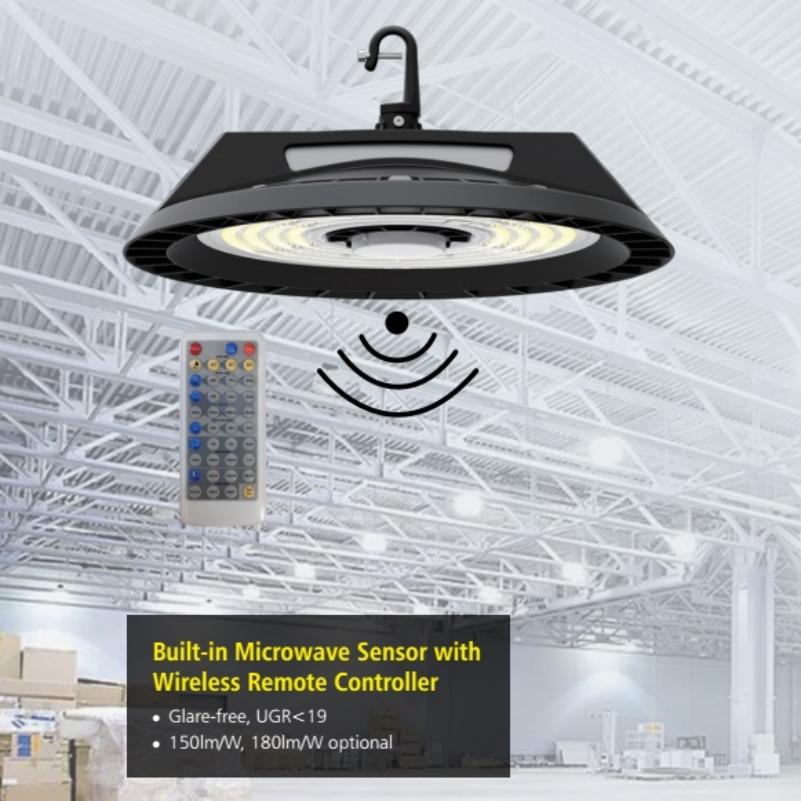
Microwave sensors LED Lighting are more and more widely used in underground parking lots, stairways and office spaces due to their high sensitivity and installation concealment.
Under normal circumstances, the human body microwave induction lamp, the drive circuit actively emits microwave signals with a frequency of 5.8 GHz. When the outside world has a moving object, it is based on the Doppler effect (the reception frequency becomes higher when the wave moves closer to the observer when the wave source moves closer. When the wave source is far away from the observer, the reception frequency becomes lower), and the signal is fed back to the transmitting device, triggering the luminaire to change its state from light to full light. However, when multiple microwave sensor lamps are installed together, if the lamps are too close together, the radar signal from the A lamp may be received by the B lamp, causing the feedback signal received by the B lamp to not be the signal returned by itself. However, it is the emission signal of the A lamp, and the form of signal interference appears as mutual superimposition or mutual reduction, so that the induction switches interfere with each other.
Always on (the device is always on)
Often dark (device cannot be triggered)
Short sensing distance
So, when installing multiple microwave sensor lights, how much appropriate spacing between the lights?
After many practical tests, the interval between the two luminaires is kept at 1.8 meters or more, and there is basically no interference.
Do not cover the sensor with a metal object.
The microwave sensor is installed in the metal space to reduce the sensing range of the sensor.
The metal object will shield the radar signal and use the object to block the sensor. Then the sensor signal is shielded.
Common malfunctions in the interference state include: no induction effect, or very short sensing distance.
